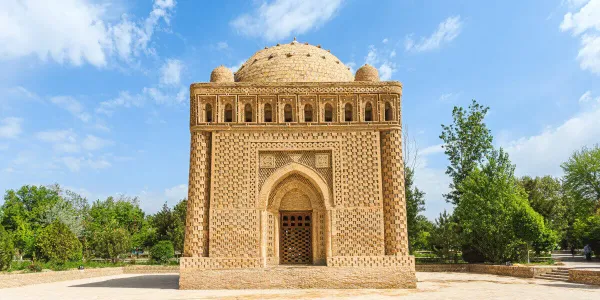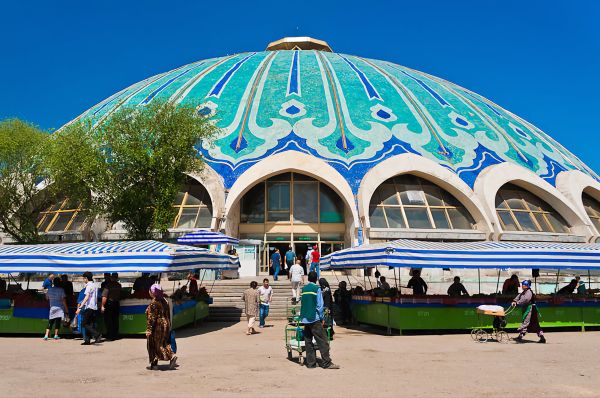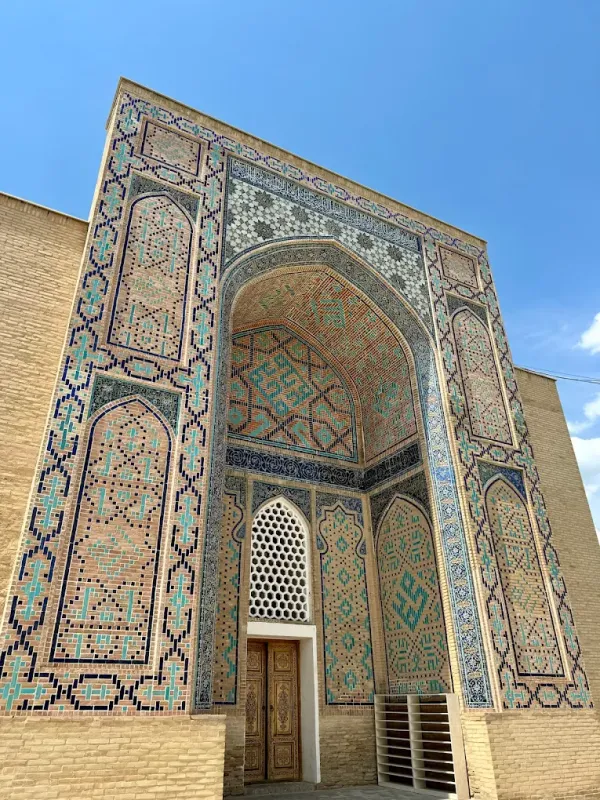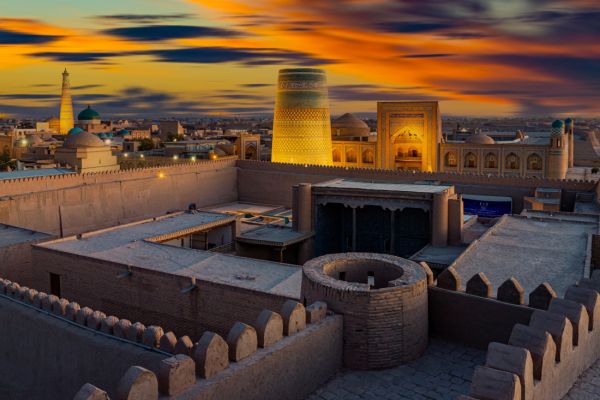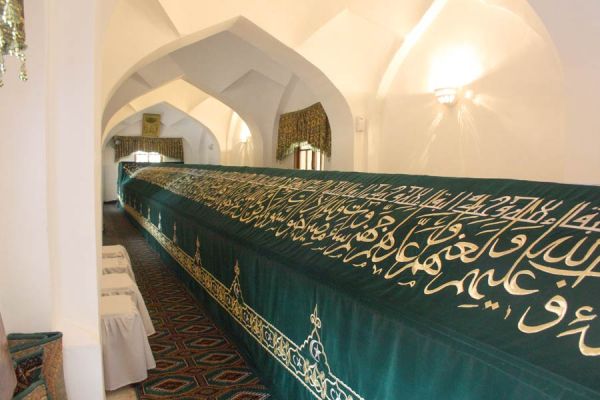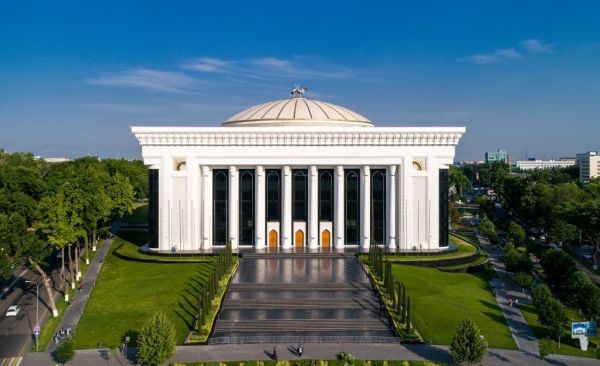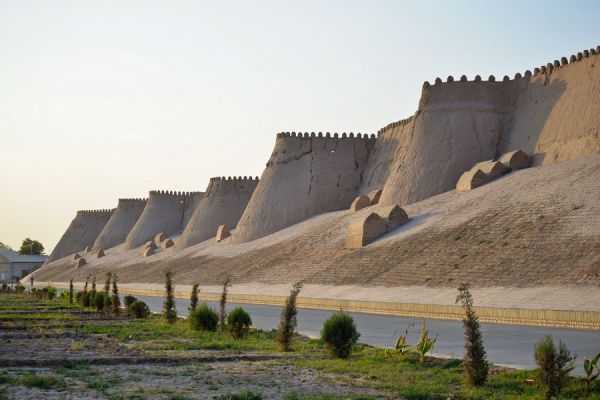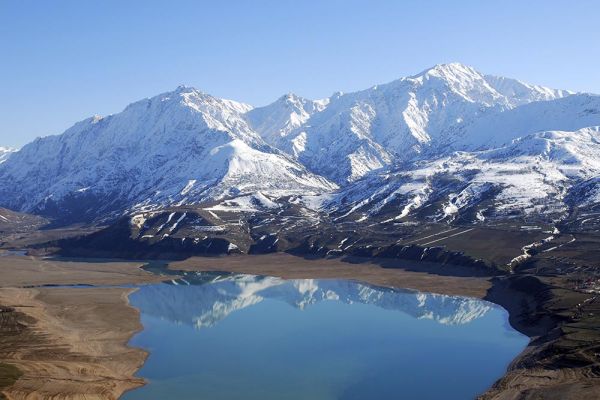The Kalta Minor Minaret
Today it is impossible to imagine ancient Khiva without this monument of Asian architecture. The Kalta Minor minaret has become a real symbol of the city. Its size is amazing, and its unique design is hard to take your eyes off. The foundation of the minaret goes to a depth of 15 meters, the diameter at the base is 14.5 meters, and the height is 29 meters. But this massive tower stands at only a third of its design height.
In 1855, when the ruler of Khiva, Muhammad Amin Khan, was assassinated, the construction of the majestic minaret stopped, although it was supposed to grow to 70 meters, and according to some estimates up to 110 meters. According to the architect's plan, the wide base increased the strength, and the intended top narrowed significantly without causing a load. However, the architect's plans were not destined to happen – the tower remained unfinished, and now it looks like a huge glazed barrel, and has the name "Kalta", which translates as "short".
No less interesting are the legends associated with this building. When the construction of the majestic madrasa next to the future minaret was underway, the people began to murmur, and an uprising was planned. But Muhammad Amin Khan ordered to catch the leader of the strikers, Matyakub, and bury him alive in the foundation of the tower. Another equally curious legend is the story that the Bukhara ruler learned about the construction of such a magnificent minaret, and suggested that the architect build an even taller minaret. Muhammad Amin Khan found out about this agreement and decided to kill the corrupt architect. But the builder himself found out about the upcoming revenge, and fled, leaving the tower unfinished. And no one else could finish the construction. However, these are all legends, and the construction of the minaret stopped after the death of the khan.
A century and a half later, the Calta minor still impresses with its size, but not only with them. Its unique decoration is amazing: the minaret is completely covered with glazed tiles and majolica, which are just as bright and lively as in 1855. There are no more such towers in the world.

